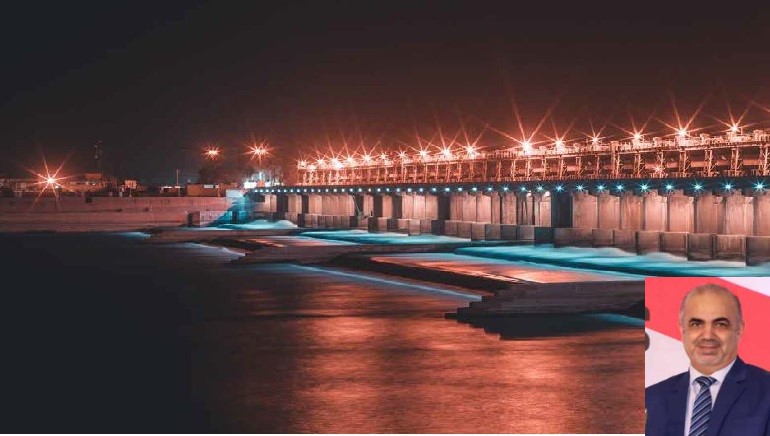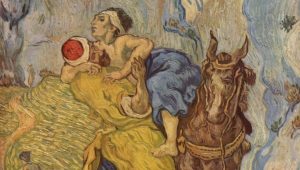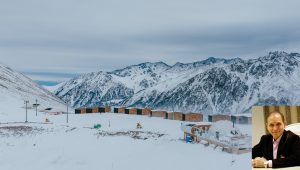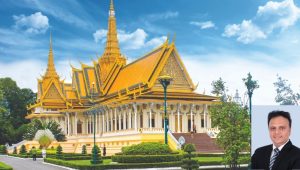Iraq has availed all opportunities that have come its way, and fending off numerous long-standing challenges it has rebuilt itself riding on a rise in crude oil production and improvement in the non-oil economic activities, electricity production and an expansionary fiscal policy.
Tourism Opportunities
A marvelous mix of ancient traditions and ultra-modern culture, Iraq is a fascinating tourism destination for the world. With a limitless scope of exploration, it is full of incredible experiences simply waiting to be unraveled. Some of its main tourism destinations include the following:
Erbil: The citadel of Erbil is 7,000 year old and has a magnificent history. The huge castle located in the center of the city is a UNESCO World Heritage Site and is a must visit for tourists. In addition, the Erbil Civilization Museum and the Kurdish Textile Center must be visited for their historical and cultural significance.
Ur: World famous for its Biblical tales of epic floods, fearsome Babylonian kings, and now one of the most beautiful ancient ruins, Ur is visited by anyone interested in history, mystery and ambiguity. Located in the southern Iraqi deserts, it also boasts of Ziggurat, a tall structure with high walls and steep staircases that were probably used in the old times to worship the Akkadian moon gods.
Baghdad: It holds in its heart copper bazaars, Assyrian treasures in the National Museum, and monuments such as the Unknown Soldier, and the famous Abbasid Palace, which is a historic two-storey building overlooking the Tigris river. The Palace reminds of the Abbasid dynasty of the 8th to 13th centuries when it was the Golden Age of Islamic rule, and is claimed by historians to be an educational place.
Basra: One of the most fascinating destinations of Iraq, it is covered in palm forests along the Shatt al-Arab River. It is also home to some of the most famous shrines of Islam’s first imams. Established in 636 AD, it has played an important role in the early Islamic history and tourists would find the Old Mosque of Basra, also called the Imam Ali Mosque captivating, especially after its significance as the first Mosque in Islam, built outside the Arabian Peninsula.
Babylon: Imagine the historical significance of this place as it remained the center of Mesopotamia for two thousand years, and is known for both good and bad reasons. Located 52 miles south of Baghdad, it was founded around 2,300 BC and is one of the earliest cradles of civilization, where art, science and literature thrived. It has an access to both Tigris and Euphrates rivers, and served as the capital for 10 Mesopotamian empires. It is guarded by massive walls, and used to be the largest and the most powerful city in the world at one time, attracting people, ideas, and products from all over the world, which it continues to do even today. Tourists must visit its ancient monuments including the Hanging Gardens of Babylon, which are counted among the Seven Wonders of the Ancient World. This is also the place where the famed Tower of Babel cited in religious texts used to exist.
Al Kifl: This is a city situated on the banks of the Euphrates River, between Najaf and Al Hillah. It is historically significant for Iraq because the Bible prophet Ezekiel’s tomb is located here. The attraction inside the tomb is a dome that has Hebrew inscriptions mixed with floral Islamic designs.
Al Mada’in: It is an ancient settlement ruled by Sasanian, Rashidun, Umayyad, Abbasid and Buyid Empires in succession. It is considered to be built by the Iranians, and later rebuilt by King Zab, Alexander the Great and King Shapur II. It also houses the famous pilgrimage site of Salman al-Muhammadi’s Tomb, who was once the companion of Muhammad and Ali, and is also renowned by the name Salman the Persian. The mosque also holds the tomb of Hudhaifa al-Yamani and the grave of Jabir Abdullah al-Ansari.
Kirkuk Citadel and Daniel’s Tomb: Tourists must visit another historically and ethnically important Kirkuk Citadel that was established around 880 BC on top a 130-foot high mound. It is said that it was built by King Ashurnasirpal II for defense purposes, and later 72 towers were built under King Sluks’ rule. Inside the citadel, tourists would find several colorful gems including the Red Church, the Green Dome Mosque, and the blue-tiled Tomb of Daniel.















